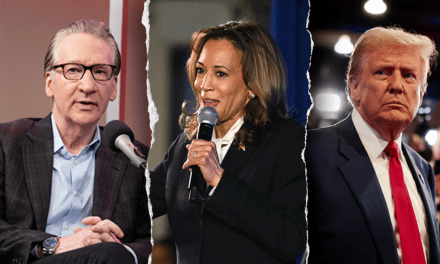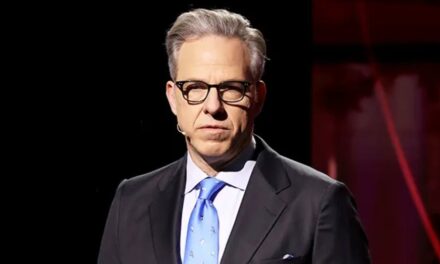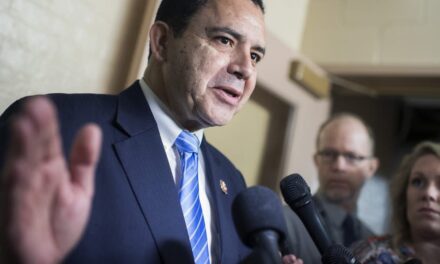In recent months, a significant shift has been unfolding within Arizona’s education landscape. The state’s controversial voucher program is causing a strain on several struggling public school districts, with reports indicating that funding shortfalls have amounted to significant losses—estimated at around $20 million in some areas. This financial burden is a consequence of numerous parents transitioning their children from public schools to private institutions, motivated by the advantages presented by the voucher system.
The Arizona voucher program, which allows parents to utilize public funding to pay for private school tuition, was designed to provide families with more educational choices. However, the program’s implementation is leading to unintended consequences for those school districts already facing challenges in student retention and academic performance. The influx of parents opting out of public education, particularly in lower-income areas, is contributing to the financial instability of these schools.
Public schools have seen a marked decline in enrollment numbers. The loss of students—along with the funding attached to them—poses a critical risk for schools that rely heavily on state funding based on student numbers. In several districts, this declining enrollment has correlated directly with the expansion of voucher options offered by the state.
Education officials and economists have raised alarms about the sustainability of such a system. Critics of the voucher program argue that it perpetuates socio-economic disparities, as families with more financial resources can afford to supplement the vouchers to enroll in schools with better reputations, leaving the public schools to serve primarily those who may not have the financial means to opt for private education.
As parents exercise their new options, struggling school districts must grapple with maintaining educational standards amid dwindling budgets. The situation has compelled some districts to initiate austerity measures, which include cutting back on essential staff and educational resources, further exacerbating the challenges faced by remaining students.
In response to this crisis, some school administrators have begun implementing strategies to retain students by enhancing the quality of education offered in public schools. This includes expanding extracurricular programs, investing in new technologies, and reforming curricula to better meet the needs of the students. However, these efforts require resources that school districts are increasingly deprived of due to the impacts of the voucher program.
The disparity in resources between public schools and private institutions often highlights a significant gap that can leave vulnerable students even more disadvantaged. Parents choosing private education often opt for institutions that can provide smaller class sizes, more extensive extracurricular options, and specialized educational programs that cater to a range of learning needs. Public schools, frequently strapped for cash, can struggle to compete effectively with these offerings.
Despite these challenges, there is a growing movement among certain education advocacy groups that aim to reform or potentially abolish the voucher system altogether, arguing that it leads to a two-tiered education system. They contend that public funding should remain directed towards improving the public school infrastructure instead of diverting funds into private hands.
Supporters of the voucher program, however, assert that the ability to choose is a fundamental right for families. They argue that vouchers empower parents to make decisions that best suit their children’s educational needs. Advocates emphasize that the introduction of competition among schools can lead to improvements in both private and public education quality over time.
One of the potential impacts of this conflict is the risk of systemic underfunding in districts with large percentage losses of student enrollment. This creates a cycle of decline where reduced opportunities lead to reduced interest in public schools, thus driving more families away and perpetuating future funding issues. To combat this, some districts have begun community engagement efforts aimed at rebuilding trust and fostering relationships with families who might consider leaving for private schools.
The situation in Arizona is part of a broader national conversation on educational choice and funding. Many states are grappling with similar challenges and evaluating the effectiveness of school voucher programs and their impacts on public education. Arizona’s experience serves as a case study highlighting the complex dynamics of educational funding, access to quality education, and the unintended consequences of reform initiatives.
As more families weigh their options, the future of public schooling in Arizona may hang in the balance. The ongoing dialogue amongst educational leaders, lawmakers, and the community will be crucial in determining the trajectory of education policy in the state. Continued advocacy for equitable funding and resources could potentially forge a pathway to restore balance within the educational ecosystem.
Ultimately, the fate of Arizona’s voucher program and its ramifications on struggling districts will be closely monitored. The conversation surrounding educational choice remains as vibrant as ever, with passionate advocates on both sides fighting for what they believe is the best solution for the next generation. The focus will have to remain on prioritizing educational equity and ensuring that all students have access to high-quality learning opportunities, regardless of their economic background.
While the current state of affairs presents numerous challenges, there remains hope that through continued dialogue, innovation in educational practices, and community support, both public and private education can coexist and flourish together. Stakeholders from all sectors must come together to create a sustainable model that not only thrives on competition but also values equal access to quality education for all.
As the Arizona education saga continues to unfold, all eyes will be on how policies evolve and what steps are taken to address the critical issues at play. The choices made now will undoubtedly shape the future of education in the state for years to come.
































